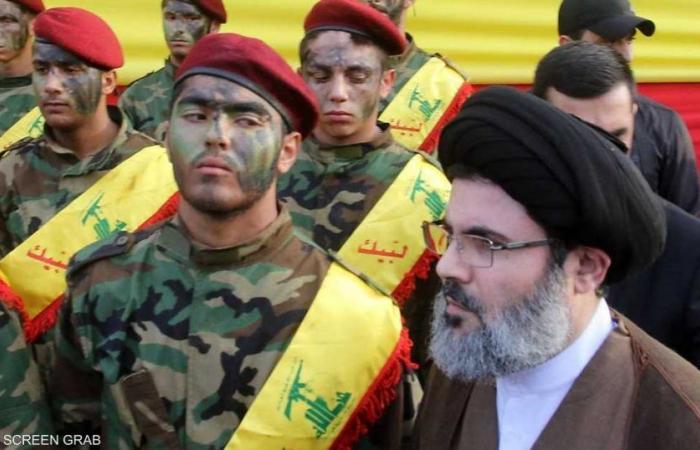The most prominent candidate
Amid the ambiguity surrounding the mechanism for selecting leaders within Hezbollah, Hashem Safi al-Din, Nasrallah’s cousin and son-in-law of Qassem Soleimani, tops the list of candidates to succeed him.
Safi al-Din resembles Nasrallah in many aspects, including his appearance and the way he speaks, and has been groomed since 1994 to take over the leadership of the party, when he returned from Iranian Qom to assume the presidency of the Executive Council.
Safi Al-Din’s role in daily operations
Over the past years, Safi al-Din supervised the management of Hezbollah’s daily operations, including the management of its institutions and funds, while Nasrallah left the focus on strategic files. Safi al-Din was responsible for implementing internal policies and developing the party’s administrative structure.
Strong relations with Iran and family ties with Soleimani
Safi al-Din’s position within the party was strengthened thanks to his close relations with the Iranian leadership, as he studied in Qom and communicated with senior officials in Tehran.
His son’s marriage to the daughter of Qassem Soleimani, the former commander of the Quds Force, who was killed by the United States in a precise strike, strengthened his position, making him the natural choice to succeed Nasrallah.
History of Safi al-Din
According to the official website of the Countering Extremism Organization, Hashem Safi al-Din is responsible for supervising Hezbollah’s “political, social, cultural and educational activities.”
As Chairman of the Executive Council, Safi al-Din is one of 7 elected members of Hezbollah’s ruling Shura Council.
He is reportedly next in line to lead Hezbollah, succeeding Secretary-General Hassan Nasrallah.
Safieddine was designated a terrorist by the United States in May 2017.
Select “Old”
The choice of Safi al-Din to succeed Hassan Nasrallah was not a spur of the moment, but rather a choice that took place more than 15 years ago.
Since 2008, that is, 16 years ago, Iranian and Israeli media have circulated the news of Safi al-Din’s selection to be the head of Hezbollah’s Executive Council and the “successor” to the Secretary-General of Hezbollah.
Since that day, the scenario of “the assassination of Hassan Nasrallah” was drawn up by Hezbollah, and that Safi al-Din would be the party’s Secretary-General if Israel succeeded in liquidating the Secretary-General.
According to the Israeli “Alma” Center for Studies and Research, his future position had already been determined in 1994, by Iran, but was confirmed in 2008.
Beginnings
- Safi al-Din was born in 1964 in the town of Deir Qanun al-Nahr, in southern Lebanon, to a well-known family in the region.
- In the 1980s, Safi al-Din set out for the city of Qom, Iran, with his relative Hassan Nasrallah, to study religiously.
- In 1983, he married the daughter of Muhammad Ali Al-Amin, a member of the Legislative Council of the Shiite Islamic Council of Lebanon.
- In 1994, Nasrallah appointed Safi al-Din as head of Hezbollah’s Beirut region.
- In 1995, Safi al-Din assumed the presidency of the Jihad Council responsible for Hezbollah’s military activity and began serving as a member of the Shura Council.
- In 1998, Safi al-Din was promoted to be in charge of the Executive Council, and was considered the second-in-command in Nasrallah’s party and his designated successor.
- According to the “Alma” Center for Studies and Research, Safi al-Din is leading the process of promoting Hezbollah’s Iranian identity.
- Safi al-Din’s brother, Abdullah, is Hezbollah’s representative in Iran. Abdullah is a well-known figure subject to US sanctions for drug smuggling and money laundering on behalf of Hezbollah.
- In 2020, Safi al-Din’s son, Reza, married Qasem Soleimani’s daughter, Zeinab.
- It was recently reported that Reda is responsible for one of the routes for smuggling small military components from Iran to Lebanon.






